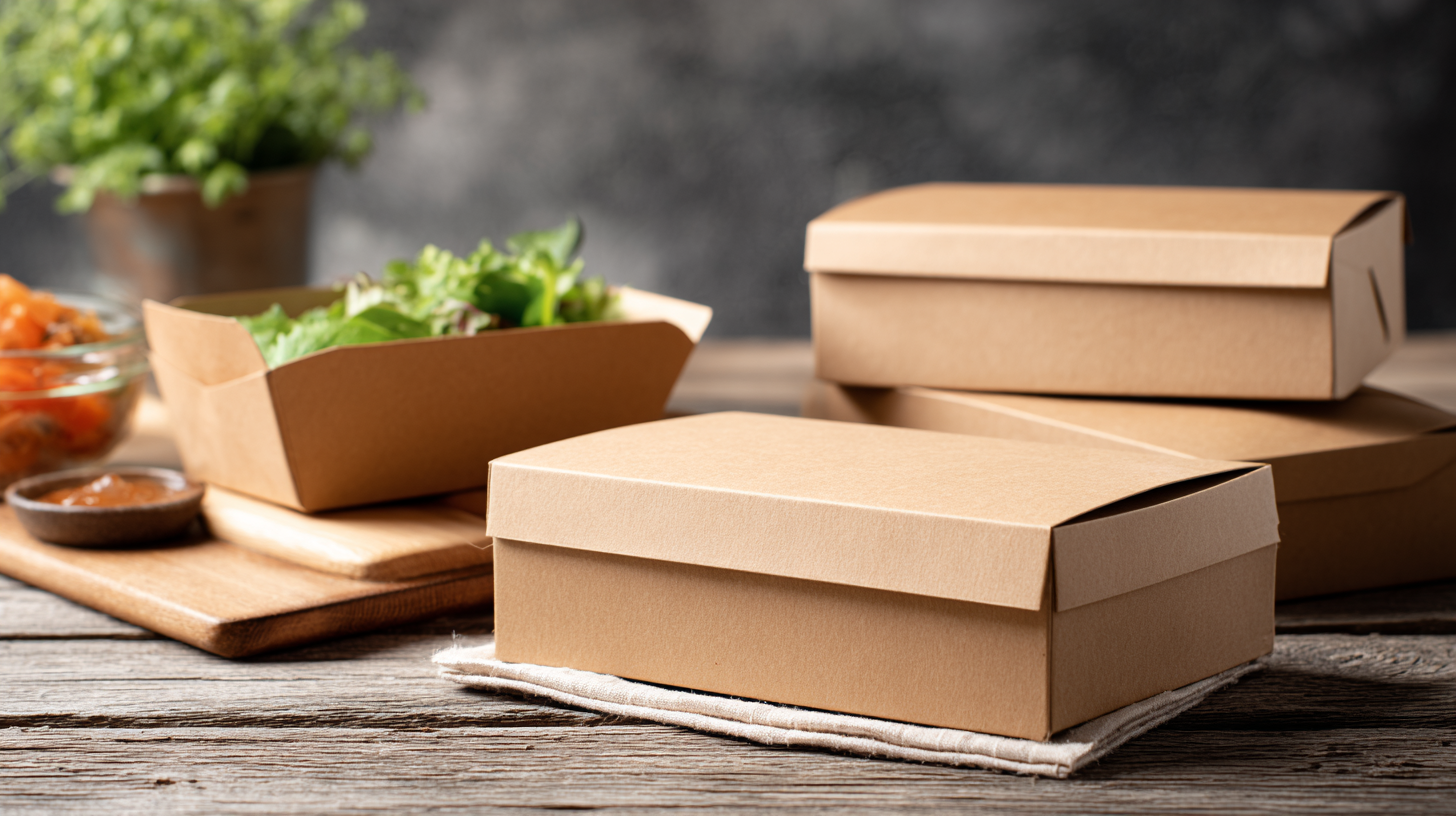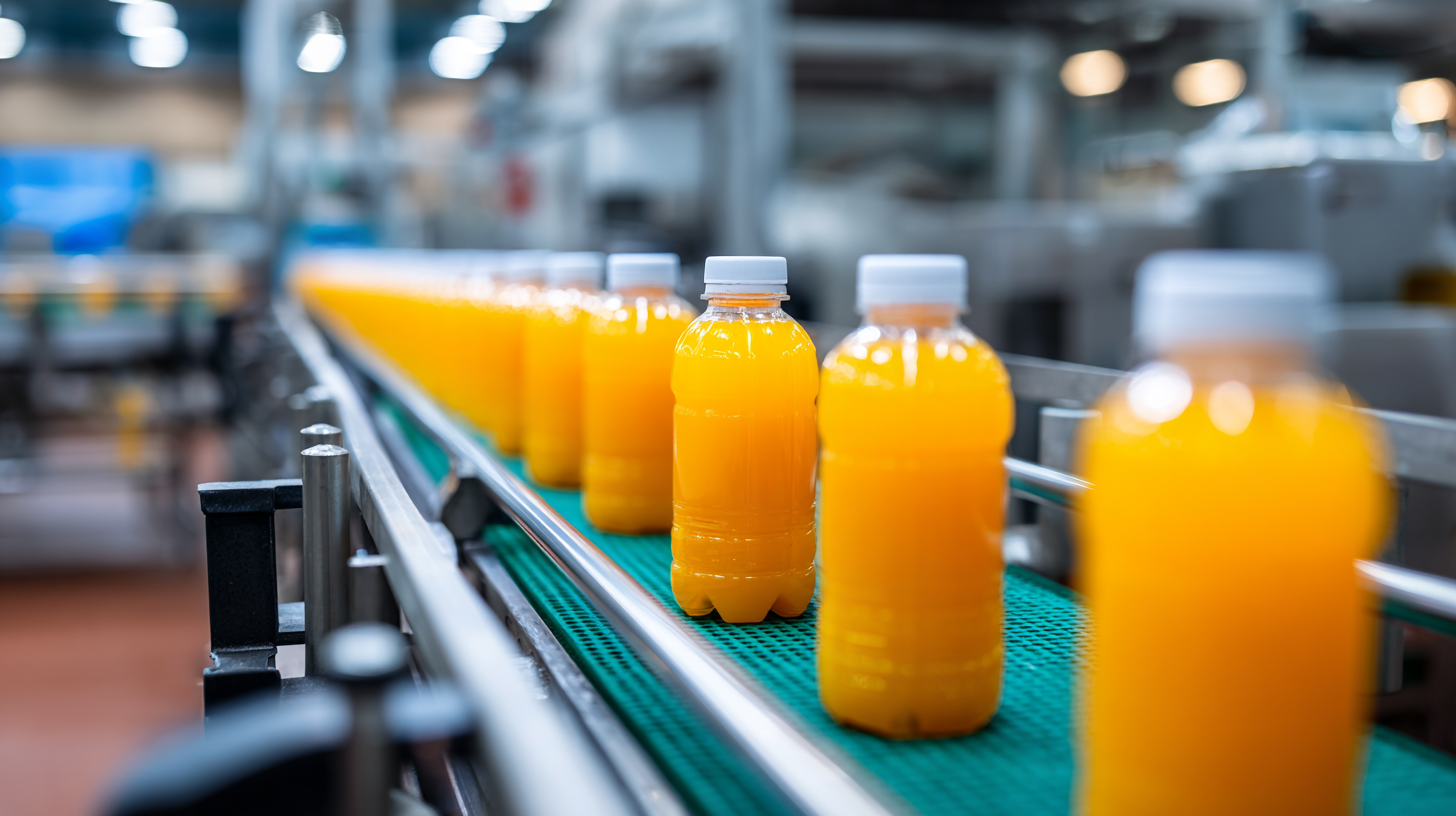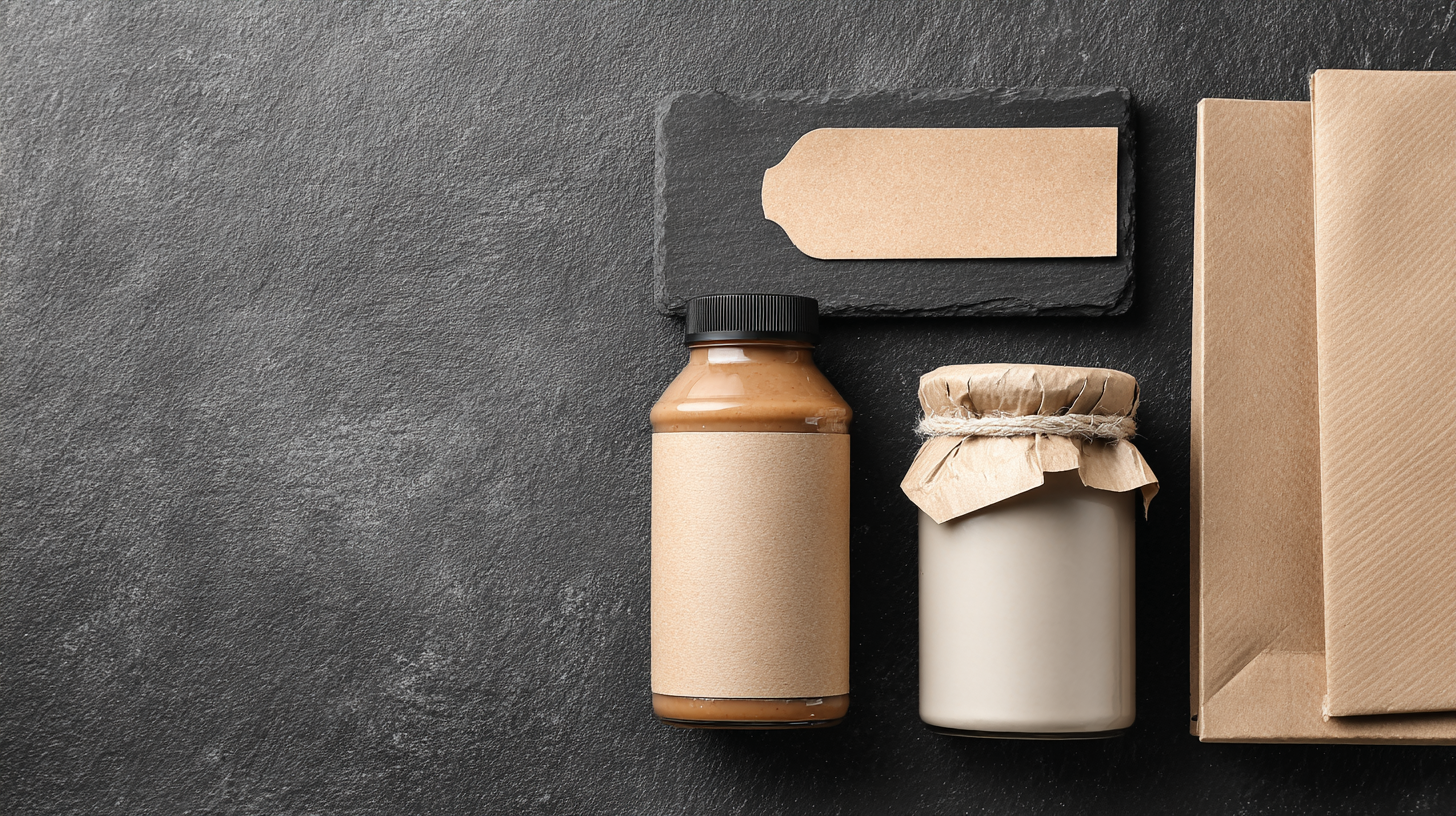Global Reach of Best Food Packaging Solutions Elevating Quality Standards in International Markets
In today's global marketplace, the significance of Food Packaging Solutions cannot be overstated, as they play a crucial role in maintaining quality and enhancing the perception of products across international borders. As consumers become increasingly discerning, the demand for innovative packaging that not only preserves freshness but also promotes sustainability is on the rise.

This blog explores the various strategies and technologies that companies can adopt to elevate their food packaging standards, ensuring compliance with international regulations while appealing to diverse consumer preferences. From eco-friendly materials to advanced sealing techniques, the landscape of food packaging is evolving rapidly, and businesses that invest in these solutions stand to gain a competitive edge in reaching new markets.
Join us as we delve into the best practices in Food Packaging Solutions that are reshaping the industry and setting new benchmarks for quality and safety globally.
The Importance of Food Packaging in Ensuring Global Food Safety Standards
In the ever-evolving landscape of food safety, packaging plays a pivotal role in maintaining global standards. The worldwide plastic packaging market is valued at approximately $431.28 billion in 2023 and is projected to grow to $736 billion by 2032. This impressive growth underscores the increasing emphasis on high-quality food packaging solutions that not only safeguard products but also elevate the overall quality standards in international markets.
Equally important is the market for antimicrobial additives, which is expected to increase from $1.13 billion in 2024 to $2.01 billion by 2032. These additives are essential in enhancing the safety and shelf life of packaged food products, directly contributing to improved public health outcomes. As the food packaging machinery market reaches an estimated value of $22.1 billion in 2024, the push for more effective and innovative packaging solutions becomes increasingly evident. This surge reflects a broader trend within the global manufacturing and supply chain systems, highlighting the critical importance of food packaging in ensuring compliance with food safety standards worldwide.
Trends in Sustainable Food Packaging: Meeting Consumer Demands and Regulations
The market for eco-friendly disposable tableware is projected to reach $49.55 billion by 2025, expanding further to $101.37 billion by 2033, with an impressive growth rate of 9.36%. This surge reflects a broader trend in food packaging as businesses adapt to increasing consumer demands for sustainability and compliance with environmental regulations. Companies are not only seeking innovative materials but also prioritizing designs that minimize waste while maintaining product integrity.

In parallel, the folding carton packaging market is expected to rise from $177.92 billion in 2024 to $274.98 billion by 2033, achieving a compound annual growth rate of 4.5% during this period. This growth is indicative of a shift towards more sustainable packaging solutions that cater to environmentally conscious consumers. As firms embrace advanced recycling technologies and eco-friendly materials, the packaging industry is poised to significantly elevate quality standards, meeting both consumer expectations and regulatory requirements.
Innovations in Food Packaging Technology Enhancing Product Shelf Life
In recent years, innovations in food packaging technology have played a pivotal role in extending product shelf life and maintaining quality. Cutting-edge materials such as biodegradable plastics and oxygen-absorbing films are now being utilized to create packaging that not only keeps food fresh for longer periods but also aligns with environmental sustainability goals. These developments not only benefit consumers who prioritize quality and safety but also food manufacturers aiming to reduce waste and improve marketability.
Furthermore, advancements in smart packaging solutions are revolutionizing how products are stored and transported. Sensors that monitor temperature and humidity levels in real-time ensure that food remains in optimal conditions throughout its journey from the production line to the consumer's table. As these technologies continue to evolve, we can expect a significant reduction in spoilage and increased confidence in the food supply chain, ultimately leading to elevated quality standards in international markets.
Global Reach of Best Food Packaging Solutions Elevating Quality Standards in International Markets
| Region | Packaging Type | Shelf Life (Days) | Market Growth Rate (%) | Innovation Focus |
|---|---|---|---|---|
| North America | Flexible Packaging | 30 | 5.2 | Sustainability |
| Europe | Glass Packaging | 60 | 3.8 | Recyclability |
| Asia-Pacific | Aseptic Packaging | 90 | 7.0 | Nanotechnology |
| Latin America | Biodegradable Packaging | 40 | 4.5 | Eco-design |
| Middle East & Africa | Metal Packaging | 180 | 6.1 | Enhanced Barrier Properties |
Market Analysis: The Global Food Packaging Industry's Growth Trajectory
The global food packaging industry is experiencing remarkable growth, projected to expand from $533.22 billion in 2025 to $815.51 billion by 2032. This growth trajectory is propelled by various factors, including the increasing demand for sustainable packaging solutions and stricter regulations on single-use plastics. As consumer preferences shift towards eco-friendly options, the adoption of innovative materials and technologies in food packaging becomes imperative for brands looking to maintain competitive advantage in international markets.
**Tips for Brands:**
1. Embrace Sustainable Materials: Investing in materials such as post-consumer recycled plastics and biodegradable options can significantly enhance your brand's appeal in a market increasingly focused on sustainability.
2. Innovate Your Packaging Design: Leverage advancements in packaging technologies to create unique, eye-catching designs that also prioritize functionality and food safety.
3. Stay Compliant with Regulations: Stay updated on global packaging regulations to ensure compliance while exploring new markets, mitigating the risk of supply chain disruptions.
With these strategies in mind, brands can navigate the evolving landscape of the food packaging market successfully while contributing to a more sustainable future.

Key Performance Indicators for Evaluating Food Packaging Solutions Worldwide
In the realm of food packaging, ensuring quality and safety is paramount, especially in international markets. Businesses looking to elevate their packaging solutions should focus on key performance indicators (KPIs) that directly influence product integrity and consumer satisfaction. These KPIs include material durability, sustainability, and protection against contamination. By consistently monitoring these factors, companies can enhance their packaging strategies and meet the ever-evolving demands of global consumers.
Tip 1: Choose sustainable materials that not only preserve food quality but also minimize environmental impact. Brands that invest in eco-friendly packaging often see increased consumer trust and loyalty.
Another critical KPI is the usability of packaging. This includes user-friendly designs that facilitate ease of opening and resealing, ensuring that the product remains fresh longer. Packaging that enhances the consumer experience is likely to foster repeat purchases and positive reviews.
Tip 2: Conduct regular consumer surveys to gather feedback on packaging usability. This will guide improvements and help tailor solutions that resonate with your target audience, leading to better market performance.
